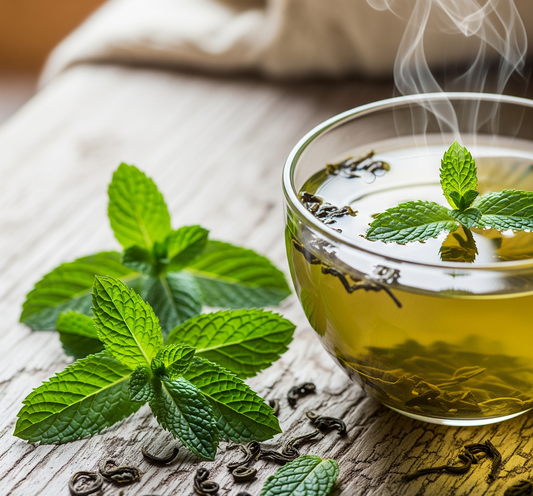Teas come in different flavor and types. While green tea and black tea is commonly known, white tea has been garnering some reputation only very recently.
White tea is delicate and has a lighter taste. But to achieve this, it needs to be brewed properly with water of a particular temperature range.
In this article, you will learn how to make the best cup of white tea.
What Is White Tea?
The Camellia sinensis plant, which also yields green, oolong, and black tea, is the source of white tea. White tea is harvested from the plant when the leaves are still young, right after the plant's leaves start to bud. Instead of allowing the leaves to ferment like they do with green and oolong teas, they are picked and sun-dried. Tea with a delicate, fruity, and sweet flavor is produced using this technique. The flavor profile is frequently described as flowery.
Young buds and leaves must be harvested quickly for white tea processing. These tender leaves are frequently only accessible within the first three days after harvest. A delicate covering of highly prized white hairs is also present on the young leaves and buds. It is crucial to process the tea properly to prevent losing these hairs.
Between 608 and 907 BC, during the Tang Dynasty, white tea was first discovered in China. Due to a lack of contemporary technology, collecting white tea was a procedure that was considerably more expensive than it is now. Only the Chinese emperor and his court were allowed to drink white tea, according to traditional Chinese culture. White tea wasn't widely available to people who weren't aristocrats for a very long period. White tea is still rather pricey now despite being widely available.
How to Make White Tea
Step 1: Heat the Water
You want to be sure you're using high-quality water. Use filtered or spring water whenever possible. If the water has a neutral flavor, tap water will do. On the other hand, you should avoid using copper-piped or well-sourced tap water. The exquisite flavor of white tea leaves may be overpowered by unfavorable water tastes.
Your fragile tea leaves shouldn't be exposed to boiling water. The taste will be ruined. Instead, you should heat the water to 170 F, which is slightly below boiling. If you don't have a thermometer, boil some water, turn the heat off, and let it sit for 5-8 minutes to cool.
Step 2: Measure Your Tea
Use around 1 1/2 teaspoons of white tea for every 6 ounces of water if your white tea has a blend of leaves and buds.
Step 3: Steep the White Tea Leaves
Pour water over the tea and let it steep for 1-5 minutes. Soaking time relies upon your taste inclination, with a more extended time equalling a more grounded tea. Taste the tea at the one-minute mark, and test it at regular intervals from that point until you accomplish the taste generally wonderful to you.
Step 4: Pre-Warm Your Teacups
This is an exceptional step that improves the tea drinking experience by ensuring that tea doesn't change temperature when you empty it into the cup. Pour a modest quantity of bubbling water into your teacups and throw it out in no time prior to pouring in the white tea.




